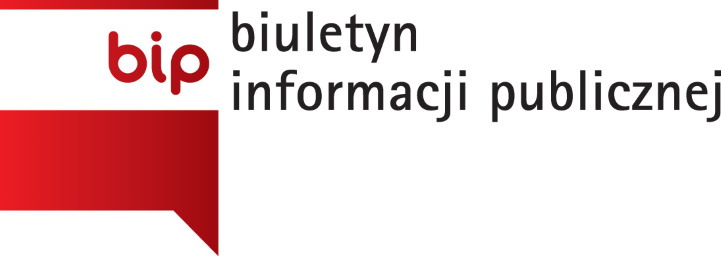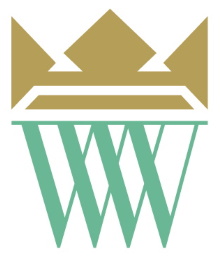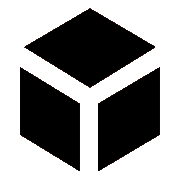About the project “www.muzeach”
About the project www.muzeach
The project „www.muzeach” aims to provide public access to digital resources in one place. “We share knowledge about cultural heritage in a simple way, understandable for everyone. We enable creative and scientific use of the published resources,” says Michał Ochremiak, project manager until December 2021.
Cultural resources in a digital version
The project was born when five museums: the Museum of King Jan III's Palace at Wilanów, the POLIN Museum of the History of Polish Jews, the National Museum in Lublin, the National Museum in Szczecin and the Castle Museum in Łańcut, wanted to improve access to their resources and make them available in a single place on the web. Many months later, thanks to funding from the European Funds and the Ministry of Culture and National Heritage, the project “www.muzeach” was launched.
The creation of digital collections would not be possible without digitisation (documentation of objects by creating their digital representations) and the enormous opportunities offered by modern image recording techniques. They were the basis for the project. We used five digitisation methods:
- Documentary photography – a basic method that allows you to accurately reproduce an object at a given moment and in a given state of preservation..
- Gigapixel photography – most often used with paintings, it allows you to look at them at a very high magnification and see details that are imperceptible during ordinary viewing.
- RTI documentation (Reflectance Transformation Imaging) – enables simulation of viewing a given object with a change in lighting; it produces particularly impressive results with flat objects with varied textures, because it emphasises convexities of the surface.
- Geographic Information System (GIS) – allowing the assignment of information to specific points on a map, e.g. photos of monuments with descriptions, as well as archival data or technical documentation.
- 3D documentation with the use of photogrammetric techniques and structured light scanning – enables the creation of 3D models showing works of art from all sides, often from a perspective inaccessible to the museum visitor.
In addition to professional visual documentation, we also focused on providing information about museums rich in details and interesting facts. We have also attached educational materials.
One goal, a lot of cooperation
Although the goal of the project can be summarized in one sentence, its achievement would not be possible without the commitment and coordinated work of many people. The team implementing the project included art historians and restorers, photographers, specialists in advanced digitisation techniques, educators, programmers, designers, editors and translators – a total of several dozen specialists from various parts of Poland. Over 3 years of work, with the pandemic as an additional challenge, centred around 10 tasks:
- Project administration and coordination of activities.
- Digitisation and publication of museum pieces in 2D.
- Digitisation and publication of digital collections using advanced 2D presentation techniques (Gigapixel and RTI).
- Digitisation and publication of digital collections in 3D with the use of photogrammetric techniques and structured light scanning.
- Documentation and publication of spatial data using the Geographic Information System (GIS).
- Building a website with a multi-search engine for digital museum collections.
- Promotion.
- Infrastructure development – purchases related to the development of server rooms, digitisation laboratories, construction works related to the adaptation of rooms.
- Employee training.
- Educational activities.
You can all enjoy the effects of these complex works, in one place, at any time, and for free.
Co-financing of the project
The project was co-financed from European Funds and by the Ministry of Culture and National Heritage. The project is implemented under the Operational Program Digital Poland for the years 2014-2020, Priority Axis 2 “E-government and open government,” Action 2.3 “Digital availability and usefulness of public sector information,” Sub-action 2.3.2 “Digital availability of culture resources.”
Beneficiary: Museum of King Jan III's Palace at Wilanów
Partners: POLIN Museum of the History of Polish Jews, Lublin Museum, National Museum in Szczecin, Castle Museum in Łańcut
Total cost of the project: 12,172,215.58 PLN
Amount of the co-financing: 9,247,929.94 PLN
Use the website and discover its resources!
Get involved, get inspired!
And if you represent a museum – join us!
In museums team
The project “www.muzeach” is co-financed from European Funds and from the funds of the Ministry of Culture and National of the Republic of Poland. The project is implemented under the Operational Programme Digital Poland for the years 2014-2020, Priority Axis 2 “E-government and open government,” Action 2.3 “Digital availability and usefulness of public sector information,” Sub-action 2.3.2 “Digital availability of culture resources.”

suggested

Project “www.muzeach” from the point of view of art restorers at the National Museum in Lublin
The creation of a common website sharing digital resources of the five museums participating in the “www.muzeach” project was a …

Launch of a website with digital collections of several museums
Giving users access to the website www.inmuseums.pl is a joyful culmination of over two years of work of a team …














